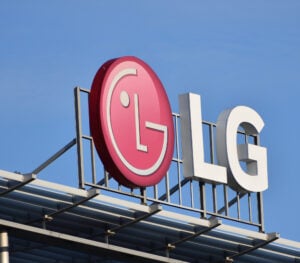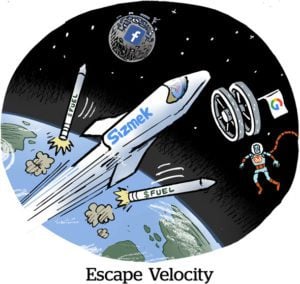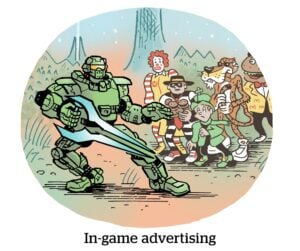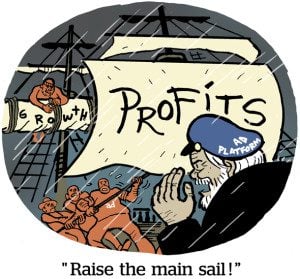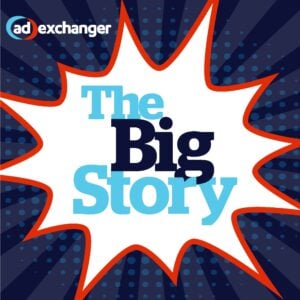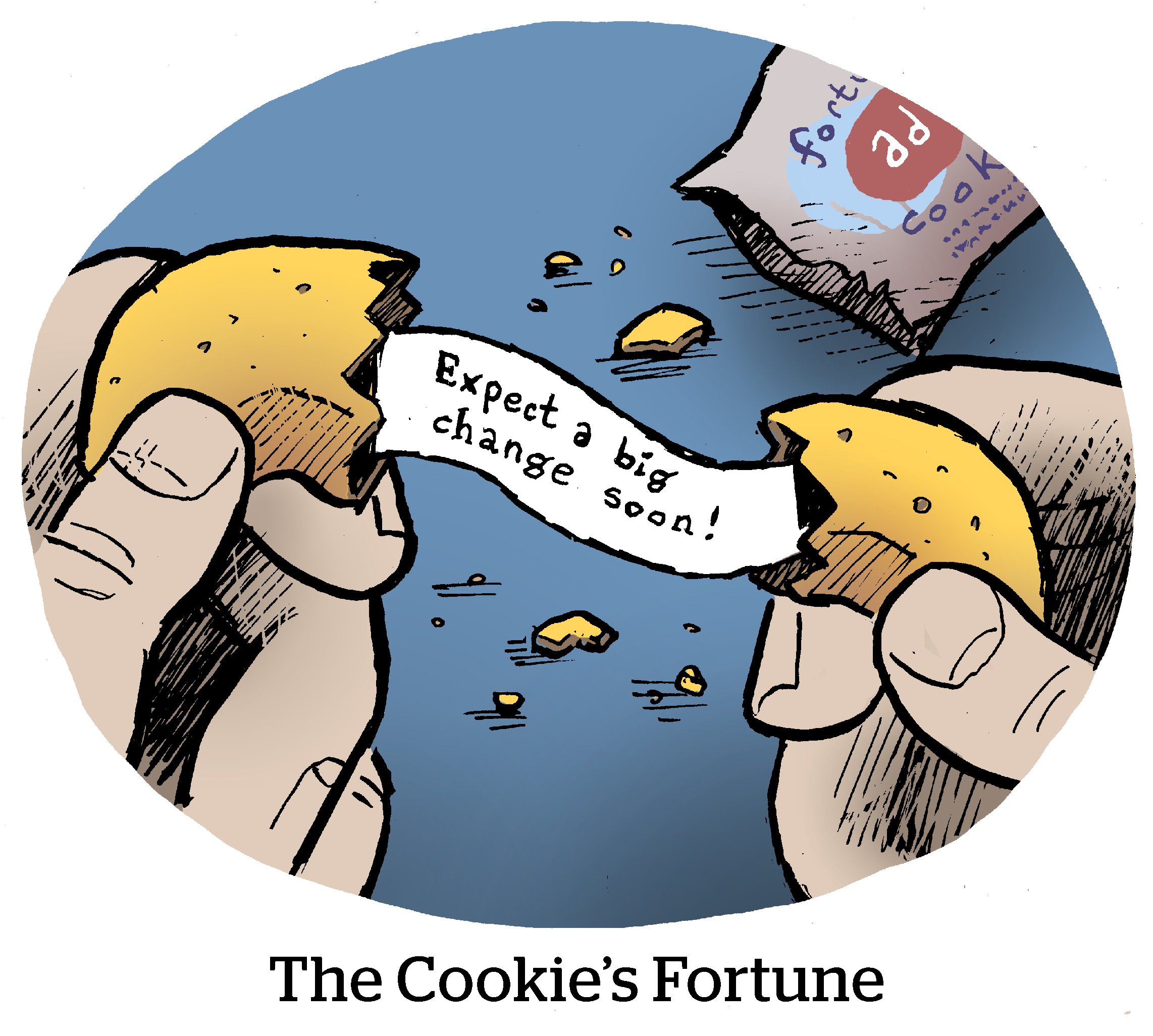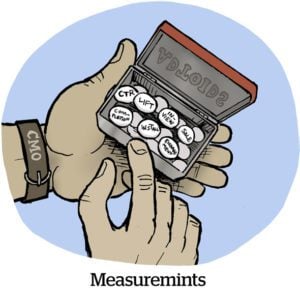Media and creative should be a couple, but in the online ad industry, they’re essentially in a long-distance relationship. They stay in touch here and there, only coming together at rare intervals, if at all.
Kepler Group, which launched Kepler Creative in October, marking its first foray into creative production, wants to fix that disconnect.
The historically media-focused digital marketing consultancy, which spun off as a digital agency from MediaMath in 2012 and was acquired by marketing group kyu in 2018, expects media and creative to cozy up to each other.
The data-focused folks can garner insights from the creative Kepler produces, and vice versa, said Camm Rowland, who joined Kepler as chief creative officer in August.
“The data we’re getting will certainly be the foundation for the creative,” he said.
Data dialogues
Media clients had been asking Kepler to bring creative and media together under one roof, rather than having to work with Kepler on media and insights and with a different agency for creative execution.
That demand is what spurred the launch of Kepler’s creative arm, Rowland said.
Data and automation are Kepler’s bread and butter. Both will come in handy as the agency does more dynamic creative optimization, using AI to automatically create and test different combinations of ad creative to see which versions perform best for a target audience.
The company’s watering hole is the Kepler Intelligence Platform (KIP), its proprietary audience and decision-making tool. KIP draws data from multiple campaigns and Kepler’s partners to optimize media planning and buying.
Media, analytics and creative teams should be “in constant dialogue,” Rowland said, conferring about how to improve the performance of campaigns in flight.
Say a client wants to produce 50 variations of ad copy or imagery to target different niche audiences. Before the campaign launches, Kepler can use data from KIP to inform the customer personas that underpin those audiences.
Then, as data comes in during a live campaign, Kepler can suggest tweaking the wording of a call to action or switching out an asset for a higher-performing one in real time and track how the changes impact results.
Combine and conquer
To churn out so much creative tailored to specific audiences, Kepler is tapping into a variety of commercially available generative AI tools.
“Previously, to tailor our writing and our imagery to niche audiences or cohorts, you’d have to have dozens of writers writing all the time,” Rowland said. “But with generative AI, we can do that not only more quickly, but informed tangibly by data.”
Kepler is also experimenting with AI optimization for metadata.
The metadata attached to products is typically based on the product’s specs, Rowland said. But shoppers aren’t necessarily searching specifically for a medium 100% cotton blue shirt. Rather, they might want a comfy shirt they can relax in at home and also wear in the office.
AI-optimized metadata that incorporates natural language is more likely to catch these customers, especially as shopper habits shift to include more interactions with AI chatbot assistants on product pages.
“The more we understand the customer, the more we understand the way they’re shopping – and the way that their shopping is evolving,” Rowland said.
Kepler has no plans to build its own AI product, however, Rowland said, because creating a generative AI tool from scratch to compete with the likes of DALL-E or ElevenLabs would require enormous investments in infrastructure, time and people without the payoff.
Dynamic creative obsolescence?
For now, Kepler’s creative function is still in its infancy, and “the future of what it’s going to be is still being defined to a certain degree,” Rowland said.
But what is certain is that as generative AI tools evolve, people who don’t learn how to use them will be less common, he said.
As dynamic creative optimization becomes more prevalent, companies won’t need as many people to pump out copy or imagery, according to Rowland. Although some organizations will choose to keep their workforce largely intact, they’ll likely expect more output. Others, meanwhile, will inevitably make cuts.
“Over time, creative teams will probably evolve from very big groups of individual specialists to smaller groups of people who are more multidisciplinary and know how to steer AI toward great results in video, imagery, copy and data,” Rowland said.
Still, Rowland is a little conflicted about the ways generative AI is reshaping creative work. He’s spent most of his career as a hands-on creative.
But even though “the internet can do an illustration even better than my hand can,” Rowland said, the years he dedicated to developing his skills weren’t a waste. That type of training is the only way to become a discerning creative expert – someone who spots possibilities beyond “the average answer to the question” that generative AI can provide.
Besides, generative AI tools work by referencing human creations and existing data.
“Without additional new inputs, we would just stir the pot until everything was gray,” Rowland said. “People have to add new ingredients in.”





